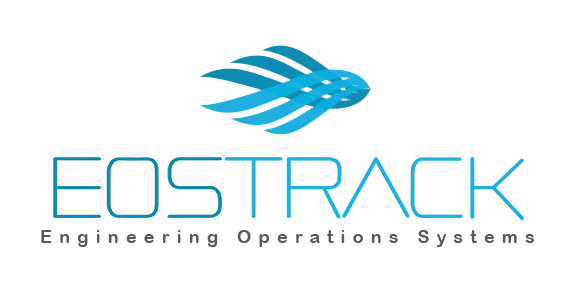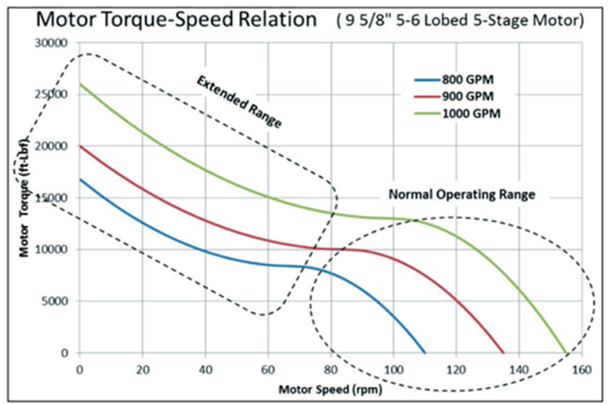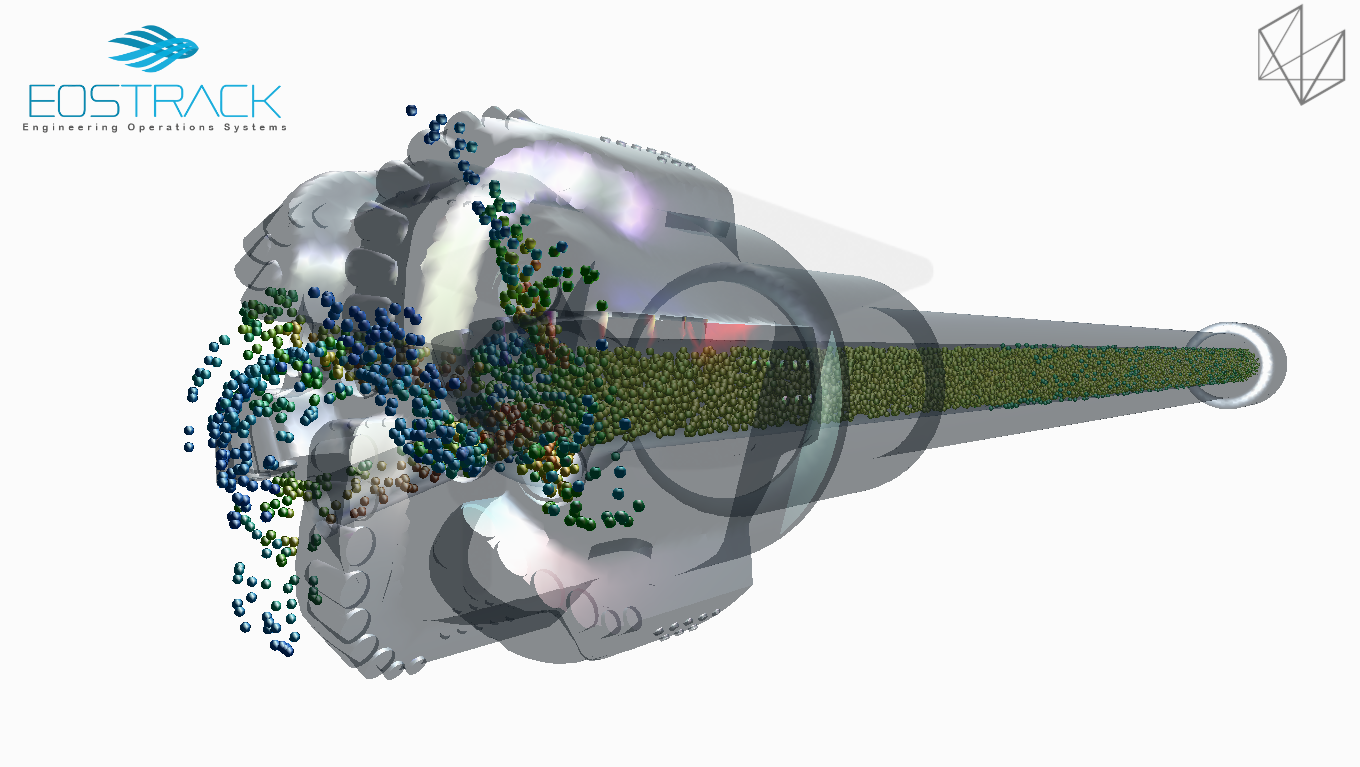Digital Simulations for Oil & Gas Drilling Operations and Well Planning | EOSTrack Consulting
The Green Energy Transition will significantly affect the Oil & Gas industry and their business models.
The energy sector is deemed to be one of the crucial industries on the planet. Therefore, a lot of companies have gigantic investments to provide sufficient supply for the soaring demand for global energy consumption [1]. Although, the renewable energy sources and eco-friendly fuels can be used, they still cannot come even close to the portion that the fossil fuels can cover with more than 85% of the total world energy consumption.
Figure 1 - World Energy Consumption from the total produced Energy
“Without the oil and gas industry, the transformation of the energy sector will be more difficult and more expensive. [2]”
Economically wise, why drilling operations are so important?
Out of the whole Oil & Gas operations, the drilling cost is more than 40% of the total developing and exploring activities which represents more than 25% of the total cost of the Oil & Gas activities [6]. These percentages make any improvements throughout every single phase of the drilling operation would be converted into a significant savings to the final cost of the production fuel.
Figure 2 - Drilling Oil Rig [3]
What are the key elements of the Drilling Operation?
Now, let us ask an essential question: what are the typical factors affecting the drilling cost? Well, typically the drilling costs can be affected by various factors such as the location of the well and its depth, the type of the drilling rigs and its operating range and geothermal conditions and whether it will be offshore or onshore, and more [6]. However, to cut the long story short, we can breakdown the primary drilling operations and their costs into 5 categories as follows [6]:
Pre-spud costs
Casing and cementing costs
Drilling-rotating costs
Drilling-non-rotating costs
Failure costs
So, this would lead us to the next question:
What are the challenges of the drilling process?
Typically, the severity of the drilling operation is governed by the lack of accessibility and enough monitoring [13]. For example, the pressure distribution and drop in the radial direction of the wellbore, the reduction of the Rate of Penetration (ROP) due to the deficiency of the hole cleaning adds more load on the driving motors for the drilling tool, thus, excessive energy consumption. Moving from the local scale, into the large scales with order of magnitudes of kilometers, the side forces on the drilling tool could lead to vibrational loads on the BHA, Weight on Bit (WOB) and affect the steering mechanism.
Figure 3 - Drilling Rig [10]
Figure 4 - Baker Hughes Directional Drilling [14]
The Traditional design based on physical prototypes are quite costly and have a lot of drawbacks.
The physical testing approach is quite costly, and the developing cycle is very slow. Another thing, a lot of scenarios cannot be tested such as the interaction between the other tools that are part of the Bottom Hole Assembly (BHA) in real-time operating conditions [15]. This urges the research of using digital physics-based simulations to be able to capture all the failure knobs during the operating envelope and extending the target zones.
Figure 5 - Simulation and Automation could help us avoid future disasters (US Coast Guard) [17]
Physics-Based Digital Simulations
Physics-Based Digital Simulations are extending the range of operating levels with high fidelity predictions to Multi-scale complex drilling challenges. Realistic simulations help handle unprecedented scenarios that can take place every day on an Oilfield, but a multiscale nature poses computational difficulties. By handling this from different approaches and finding ways for solvers to work together, it will be more feasible in making calculations easier than before.
Approaching the Complex Drilling Systems using Multibody Dynamics
Multibody dynamics (MBD) simulations help to choose the optimum parameters for the drilling problems such as: cutting velocity, friction contact, hydraulics, vibrational level and estimate the performance of future designs. MBD using MSC Adams strikes a significant balance between the fidelity and computational efficiency while capturing the coupled three-dimensional nonlinear behaviors of the drilling systems and subsystems.
Figure 7 - Drilling String Simulations using MSC Adams.
As seen in the following figure, MSC Adams helps the operator to extend the range of the operating levels. Adams can predict the following system performance and scenarios:
Figure 8a - BHA Response using MSC Adams
Figure 8b - BHA Response using MSC Adams
Bottom Hole Assembly (BHA) Optimization
Effects of Vibration inducing/absorbing tools on Drill String
Create dynamic load cases for detailed FEA on down hole components / connections
Validate effects of drilling enhancement tools on drill string vibration
Drill pipe comparison
String Response to formation changes / inconsistencies
Identify Natural Frequencies and critical Rotation speed
Vibration Alleviation
Assess loads and torques on down hole components / connections
Optimize drill string / mud motor RPM
Bit design comparison
Analysis of advanced materials in down hole applications
Failures Analysis, Drill String Dysfunction
Study Interaction of Surface systems with Drill String Dynamics
Multibody dynamics helps explore trends and balance risks to make great decisions!
Figure 9 - Motor Performance Optimization [20]Computational Fluid Dynamics is a reliable tool to investigate the complex physics of the drilling chemicals with trusted predictions
Another approach to the drilling problem is to monitor the local effects that the BHA encounter during the operation such as Fluid Drag, cutting velocity efficiency, hole cleaning, pressure maldistribution, mud accumulation on the wellbore walls. MSC Cradle help designers to explore various design spaces using the extensive multiphase flow models to model the different phases and components in the drilling operations such as Volume of Fluid Method (VOF) and Discrete Element Method (DEM) as seen in the following figures:
Figure 10 - Multiphase flow Simulation using MSC CradleMSC Cradle can consider various types of lubricants and mud flow. Not only this, but also the rheological effects can be investigated. In addition, Cradle has the flexibility to add as many as possible cavitation models to explore the effects of cavitating fluids inside the wellbore.
Coupling between MBD and CFD could push the limits of the reliability and the fidelity of the existing technology.
The next level of analysis, is to couple both the system level and component level approach in one workflow to make the best use of the current simulation technology as seen in the follow figure:
Summary of Risk/Reward balance using Digital Simulations for Drilling Operations:
Primary Effects:
Manage Drilling Vibrations
Fewer Failures / Lost in Hole
Reduce Equipment Cost
Reduce Non-Productive Time
Increase Average Rate of Penetration (ROP)
2. More Energy to bit
Increase Rate of Penetration
Achieve longer laterals
Secondary Effects – Smoother Wellbore
Improve completions
Produce more per well
Tertiary Effects – Straighter hole
More Accurate Wellbore Placement
Tighter cone of uncertainty
Produce more per field
References
1- https://www.investopedia.com/terms/e/energy_sector.asp#:~:text=The%20energy%20sector%20includes%20corporations,the%20rest%20of%20the%20economy
2- https://www.iea.org/reports/the-oil-and-gas-industry-in-energy-transitions
3- https://www.offshorehelplaw.com/high-seas-high-risk-offshore-injury/the-top-five-causes-of-offshore-oil-rig-accidents/
4- https://www.coursera.org/learn/oilandgas/lecture/PaYVf/cost-components
5- https://www.businesswire.com/news/home/20210303005405/en/Global-Oil-and-Gas-Market-Report-2021-COVID-19-Impact-and-Recovery---Forecast-to-2025-2030---ResearchAndMarkets.com#:~:text=The%20global%20oil%20and%20gas,(CAGR)%20of%2025.5%25.
6- Drilling Costs Estimation for Hydrocarbon Wells, M. Enamul Hossain
7- https://www.safetyandhealthmagazine.com/articles/print/17350-annual-report-details-offshore-drilling-equipment-failures-calls-for-data-sharing
8- https://petrowiki.org/PEH:Drilling_Problems_and_Solutions
9- https://www.concordia.ca/cunews/main/stories/2015/02/04/better-drilling-could-key-to-more-efficient-oil-industry.html
10- https://onepetro.org/SPEERM/proceedings-abstract/18ERM/4-18ERM/D043S005R006/449213
11- https://claxtonengineering.com/products-services/conductor-stump-recovery/
12- https://claxtonengineering.com/2019/06/fatigue-management-in-the-oil-gas-industry/
13- https://sci-hub.se/https://doi.org/10.1016/j.compchemeng.2017.08.011
14- https://www.drillingcontractor.org/industry-maps-smarter-way-to-build-wellbores-16754
15- Modeling tool performance and interaction with other tools in the BHA
16- https://www.tandeltasystems.com/reducing-oilfield-equipment-downtime-with-data-driven-maintenance/
17- https://theconversation.com/how-automation-will-make-oil-rigs-safer-95194
18- https://www.extremetech.com/extreme/210872-extremetech-explains-what-is-moores-law
19- https://www.mscsoftware.com/sites/default/files/Drilling-Simulations-Enhance-Well-Planning-and-Drilling-Decisions.pdf
20- https://www.researchgate.net/publication/267494240_A_Multibody_System_Approach_to_Drill_String_Dynamics_Modeling
21- MSC Drilling Solutions Bit-Motor Design Trade-Off



![Figure 2 - Drilling Oil Rig [3]](https://images.squarespace-cdn.com/content/v1/5f48be09157a55486ce826a9/1624360358943-NRGH5MEE8MWHNEXC978U/Fig2-+Drilling+Oil+Rig)
![Figure 3 - Drilling Rig [10]](https://images.squarespace-cdn.com/content/v1/5f48be09157a55486ce826a9/1624360629215-VY3FPM7Y8THXBUGF9GS9/Fig3+-+Drilling+Rig)
![Figure 4 - Baker Hughes Directional Drilling [14]](https://images.squarespace-cdn.com/content/v1/5f48be09157a55486ce826a9/1624360723308-GZXQMVF6ZJKHRH9KBFE2/Fig4-Baker+Hughes+Directional+Drilling)
![Figure 5 - Simulation and Automation could help us avoid future disasters (US Coast Guard) [17]](https://images.squarespace-cdn.com/content/v1/5f48be09157a55486ce826a9/1624361132300-C7FT01ZBIT5DF0APKL9S/Fig5-+Simulation+Automation+to+prevent+future+disasters.jpg)












